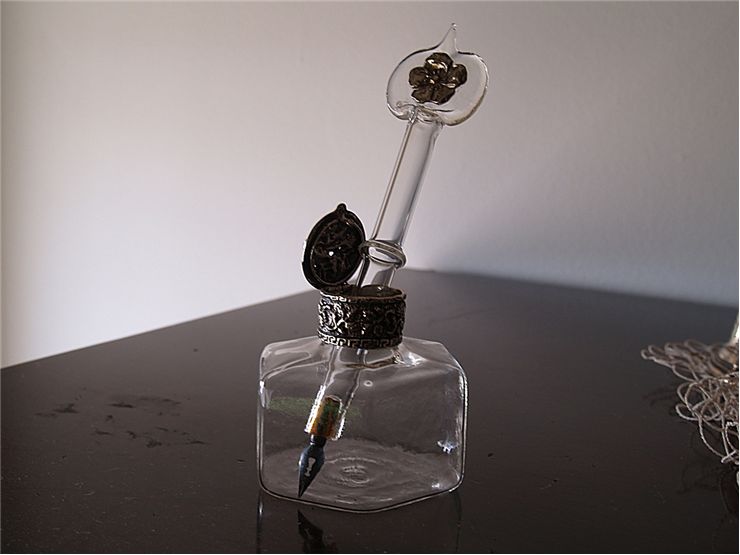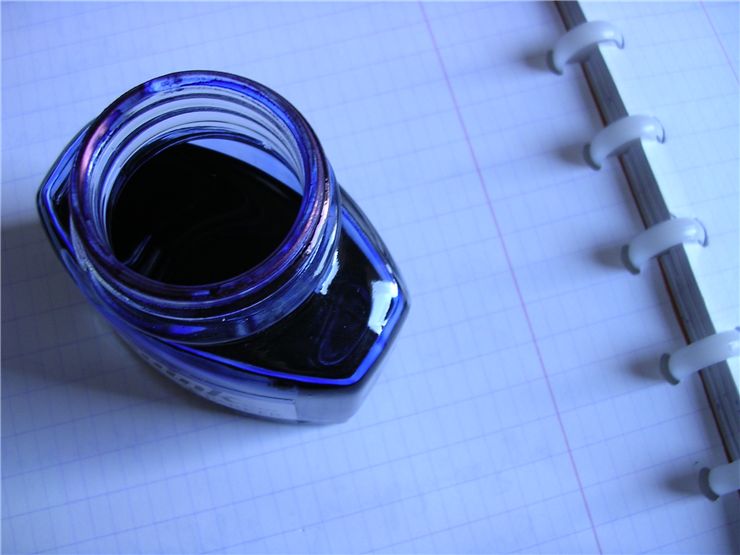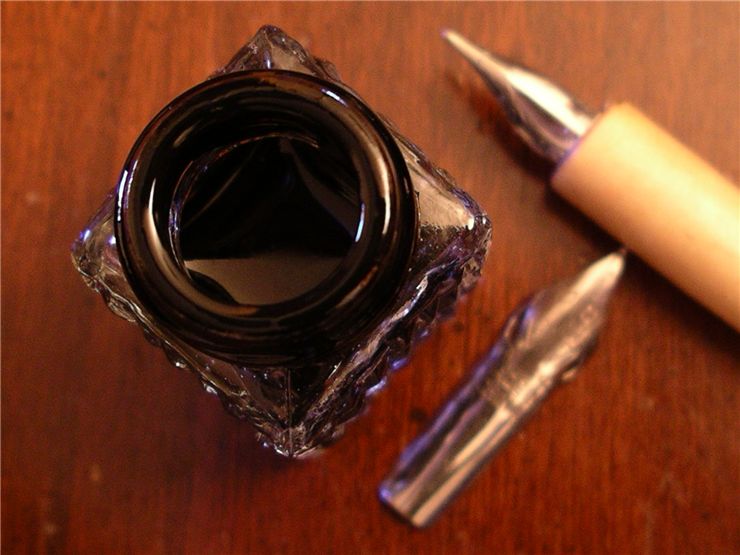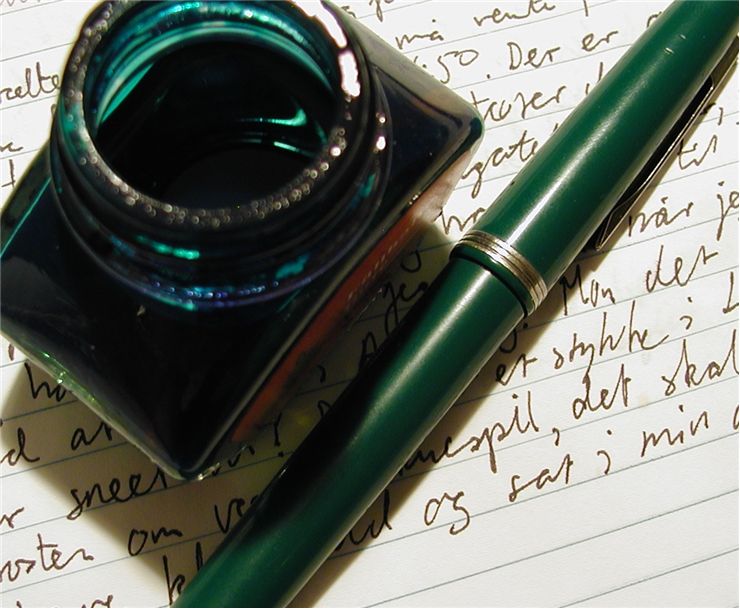History of Pen and Ink
Pen is a general name for a writing tool that uses liquid pigment to leave a mark on the surface. This liquid pigment is ink.
The history of pens started in Ancient Egypt, where scribes, trying to find replacements for styluses and writing in clay, invented reed pens. These pens were made from a single reed straw pointed at one end with a slit that led the ink to the point and left a mark on the papyrus. This pen was too rigid, and its point didn’t last long. Because of that, people started using quills - pens made from molted flight feathers of large birds. These pens were also made by making a point at the thicker end, but feathers were cured before use and could maintain the point longer. They were popular in the Western World from the 6th to the 19th century until steel pens appeared.
Metal nibs for dip pens were used in Ancient Rome but were only popular once they were mass-produced in the 19th century. Pens with reservoirs have been known since the 10th century but were not widely used. In the 17th century, inventor Daniel Schwenter made a pen from two quills that held the ink inside instead of being dipped into an inkwell. The first fountain pens appeared in the 19th century in France and revolutionized writing because they made much less mess and didn’t have to be dipped in inkwell all the time. The end of the 19th century also saw the first ballpoint pen, which was, when modernized, even more practical and cheaper than the fountain pen. The first fiber or felt-tipped pen was invented in Japan in the 1960s, and it later developed into a marker pen and highlighter, which work on a similar principle. After that, in the 1970s, the rollerball pen was invented, which is similar to a ballpoint pen but uses water-based inks, while ballpoint uses oil-based.
Ink is as old as pen and maybe even older. Chinese knew about ink in the 23rd century BC. They made plant, animal, and mineral inks and used them for painting on silk and paper. The best ink they used was made from pine sap from trees between 50 and 100 years old. They also made ink from a mixture of hide glue, carbon black, lampblack, and bone black pigment mixed with pestle and mortar. In India, the ink has been made since the 4th century BC. This "mass" ink was made from burnt bones, tar, and pitch. Greeks and Romans made ink from soot, glue, and water (“carbon sinks”). They don’t damage the paper they reused on but are not resistant to moisture and can smudge. “Iron gall ink” was popular from the 5th century to the 19th century and made from iron salts and tannic acids. The only problem with this ink was that it was corrosive and damaged the paper it was on. In 12th-century Europe, ink was made from hawthorn branches cut in the spring and left to dry. Then the bark from the branches would be peeled off and left to soak in water for eight days. That water would be boiled until thick and black, but wine would be added while boiling. That thick black liquid would be poured into bags and left in the sun to dry. When it is dried, wine (again) and iron salt are mixed over the fire. The resulting mixture would be ink ready to use.
Together, pen and ink changed humanity's face and are regarded as one of the greatest inventions.



